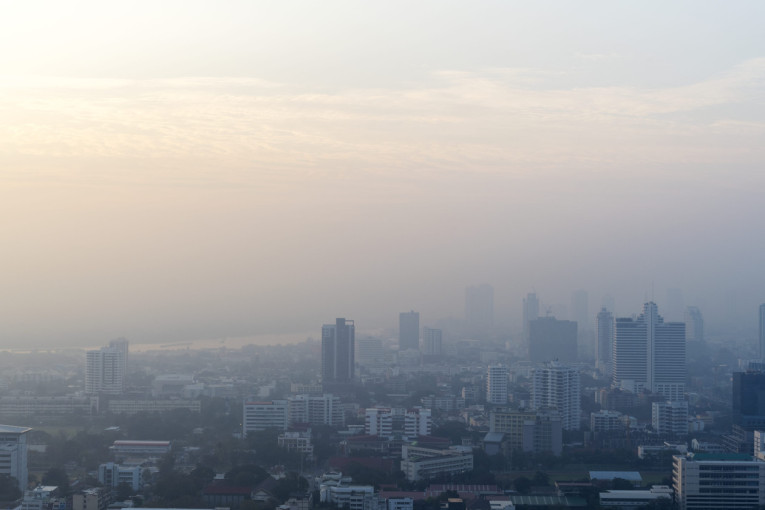
Climate and environment observer from Universitas Gadjah Mada (UGM), Dr. Emilya Nurjani, explained that the air during the dry season with low rainfall and low wind speed does indeed, to some extent, affect the level of air pollution, which has been relatively high in recent times.
“In theory, this is true because if there is rain, the combustion gases will dissolve in water and be brought down to the surface, so the air becomes clean again. With the current conditions where there has been no rain for a long time, and humidity is also quite low, the presence of these gases becomes significant,” she clarified.
However, she emphasized that weather and climate are not the sole causes of high air pollution. Human activities, such as transportation, industries, and waste problems, also contribute to this issue.
“The tendency is that air quality is better during the rainy season than the dry season, but during the pandemic, we saw that air quality was still good even during the dry season. So, that’s not the only variable, although during the rainy season, if the sources of pollution are still high, air quality can still be poor,” she added.
Dr. Nurjani stated that people can monitor air quality through the Air Pollution Standard Index (ISPU), updated at least once daily. ISPU describes ambient air quality in a specific location based on its impact on human health, aesthetic value, and other living organisms.
The ISPU calculation is based on seven parameters: PM10, PM2.5, NO2, SO2, CO, O3, and HC. PM2.5, a recent addition, is considered necessary to monitor as it poses health risks.
“It was recently added because it’s suspected to impact human health. PM2.5 can enter the nasal passages, and if it reaches the lungs, it can be difficult to expel,” she explained.
In the Special Region of Yogyakarta, the observed ISPU value falls under the moderate category, indicating air quality is still acceptable for human, animal, and plant health. With an ISPU value of 84, this figure is below the Unhealthy category threshold of 101-200 but still higher than the Good air quality threshold of 0-50.
She believes that lifestyle changes remain a good solution to address air pollution. Using public transportation and avoiding waste incineration are essential steps that the community should take.
“Planting trees is also a good way. Besides providing shade, trees planted along the roadsides can help capture harmful gases that threaten health,” she added.
Author: Gloria
Photo: Freepik.com

